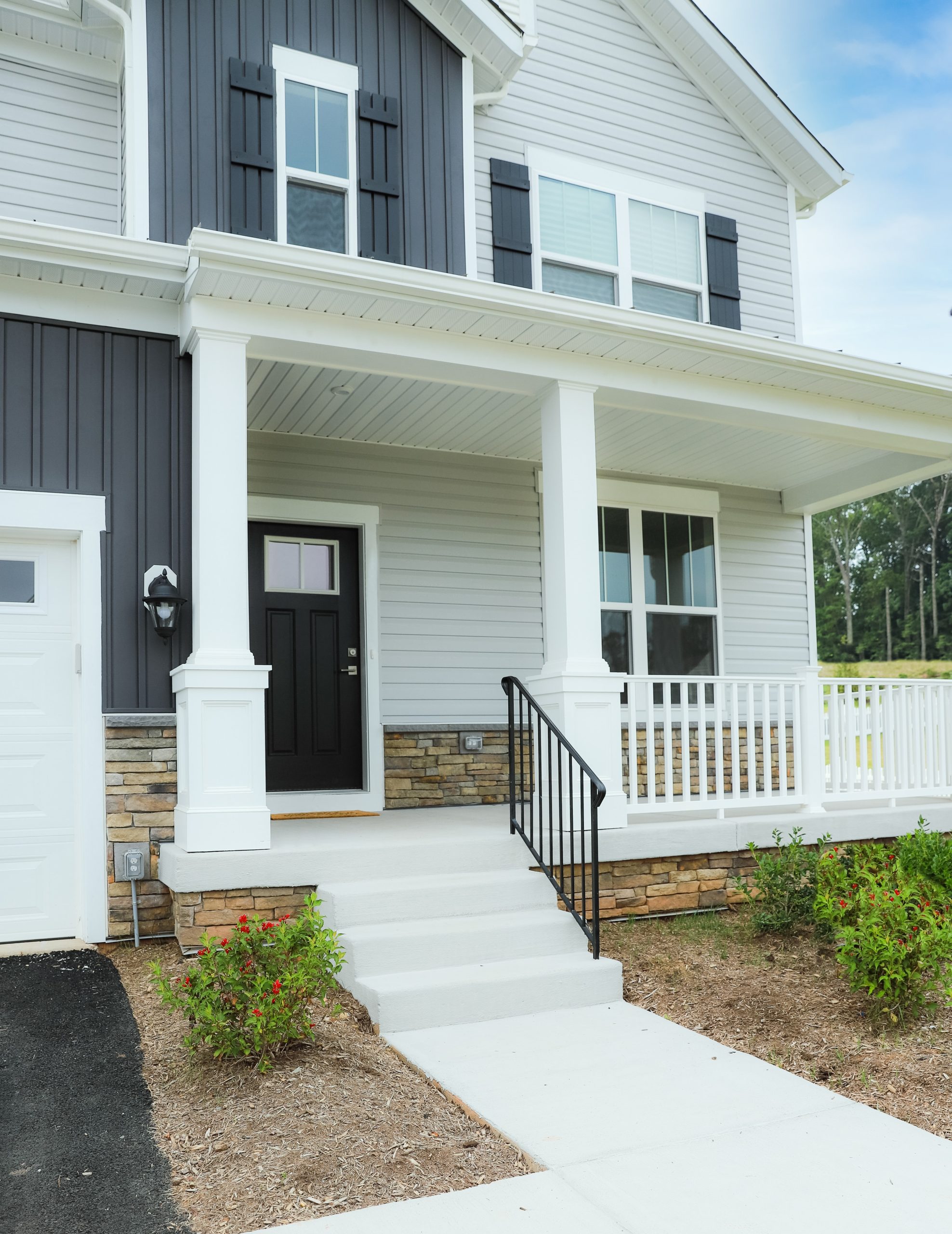Are you tired of being tied down to your 9-5 job and looking for a way to make money while you sleep? If so, real estate investing might be the perfect solution for you. By building a portfolio of income-generating properties, it’s possible to earn passive income without ever having to lift a finger. In this blog post, we’ll explore the world of real estate investing and show you how easy it can be to get started. So grab a cup of coffee and let’s dive in!
What is Passive Income?
There are a lot of different ways to define passive income, but at its core, passive income is any type of income that you earn without having to actively work for it. That could mean interest from investments, rental income from property, or even royalties from writing a book.
The key to generating passive income is finding a way to do it with minimal effort on your part. After all, if you have to work hard to earn the money, it’s not truly passive income.
One of the most popular ways to generate passive income is through real estate investing. By purchasing rental properties and managing them yourself, you can earn a steady stream of income without having to put in a lot of active work.
Of course, there’s more to it than just buying a property and sitting back while the rent rolls in. To be successful, you need to carefully choose properties that will be profitable and easy to manage. You also need to be prepared for the occasional repair or vacancy.
But if you do it right, investing in rental properties can be a great way to generate significant passive income over time.
Why Real Estate?
If you’re looking for a way to generate passive income, real estate is a great option. With a little bit of upfront investment, you can build a portfolio of rental properties that will provide you with regular income. And, as your portfolio grows, your income will grow along with it.
There are many reasons to consider investing in real estate. For one, it’s a relatively safe investment. Unlike stocks and other investments that can go up and down in value, real estate tends to appreciate over time. This means that your investment will be worth more in the future than it is today.
Another reason to invest in real estate is the potential for high returns. While there are no guarantees in any investment, if you purchase the right property and manage it well, you could see significant returns on your investment. In fact, many people believe that real estate offers some of the highest returns of any investment available.
Finally, real estate investing can be a great way to build wealth over time. By reinvesting your rental income and carefully managing your properties, you can watch your net worth grow steadily larger each year. This makes real estate an attractive option for those who are looking to build long-term wealth.
Building Your Portfolio
When it comes to creating a passive income stream through real estate investing, one of the most important things you can do is build a diversified portfolio. By spreading your investments across different property types, locations, and price points, you can minimize your risk and maximize your potential for returns.
One way to diversify your portfolio is to invest in both residential and commercial properties. Another is to invest in properties of different sizes, from small apartments to large multifamily buildings. And finally, you can also diversity geographically, by investing in properties in different parts of the country or even around the world.
Of course, the key to successful real estate investing is finding good deals on quality properties. But with a little bit of research and some help from experienced professionals, you can easily find a number of great investment opportunities that will help you reach your financial goals.
Different Types of Real Estate Investments
There are many different types of real estate investments, but they can generally be grouped into three categories: residential, commercial, and industrial.
Residential real estate includes houses, apartments, condominiums, and other types of dwellings that people live in. Commercial real estate includes office buildings, retail space, warehouses, and other types of properties that are used for businesses. Industrial real estate includes factories, power plants, and other types of properties that are used for manufacturing or production.
Each type of real estate has its own set of risks and rewards. For example, residential real estate is typically less expensive than commercial or industrial real estate, but it also tends to have lower returns. Commercial and industrial properties often have higher returns, but they also come with higher risks.
When choosing which type of real estate to invest in, it’s important to consider your goals and risk tolerance. If you’re looking for a relatively safe investment with modest returns, residential real estate may be a good option. If you’re willing to take on more risk in exchange for the potential for higher returns, commercial or industrial properties may be a better choice.
How to Maximize Your Profits
There are many different ways to maximize your profits when investing in real estate. One way is to carefully select your properties. Another way is to manage your properties well. And a third way is to develop a good relationship with your tenants.
Each of these strategies can help you make more money from your real estate investments. But they’re not the only ways to boost your profits. Here are a few more ideas:
1. Invest in areas with high rental demand.
If you invest in an area where there’s high demand for rentals, you’ll be able to charge higher rents and fill your units more quickly. This will help you maximize your profits and earn a higher return on investment.
2. Buy property below market value.
If you can find properties that are selling below market value, you’ll be able to increase your profits by flipping them or holding them as rentals. Either way, you’ll be making more money than if you had paid full price for the property.
3. Improve the property before renting it out.
Making improvements to your rental property can help increase its value and make it more attractive to tenants. This will lead to higher rents and faster occupancy rates, both of which will boost your bottom line.
4. Screen tenants carefully.
It’s important to screen tenants carefully before renting out your property. Look for tenant who have good credit scores and reliable incomes. These tenants are less likely to default on
Conclusion
To build a successful real estate investment portfolio, it’s important to start with your goals in mind. Once you know what you want to achieve and the resources at your disposal, it will be much easier to make well-informed decisions about which investments are right for you. With a disciplined approach and some dedication, passive income made easy through real estate investing can become an achievable reality.










